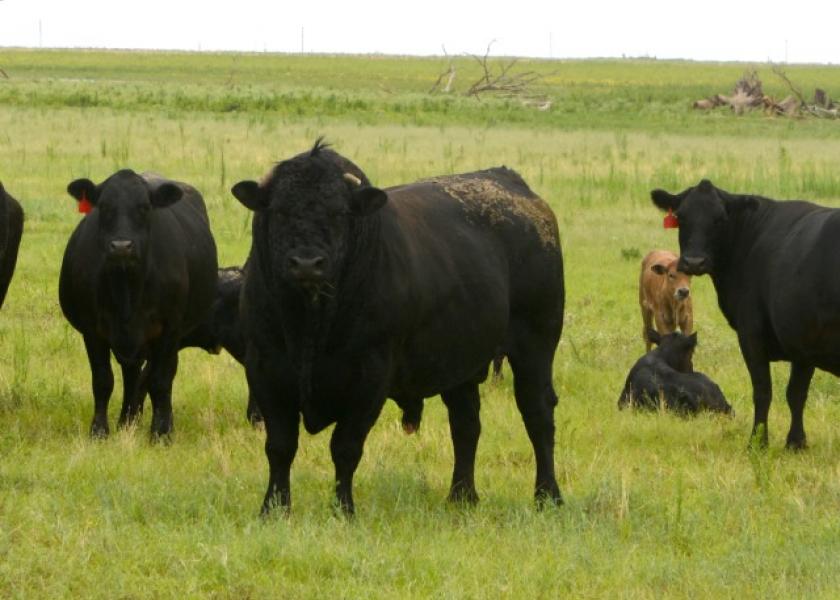Cattlemen Should be 'Steeling' for the Future

Cow-calf producers have made some money and now need to be “steeling” for what is to come, a Texas A&M AgriLife Extension Service specialist said.
Ted McCollum, AgriLife Extension beef specialist in Amarillo, spoke at the Amarillo Farm and Ranch Show recently. He said the definition of steeling as a verb is “to prepare oneself for something difficult or unpleasant.”
“We are just out of the drought of the decades and rangeland recovery is underway,” McCollum said. “But the strong El Nino is over next spring and we could revert back to dry conditions very quickly.”
The question is whether conditions will return to the long-term normal or “do we run the risk of dry weather,” he said. Couple that with the end of a long bull cattle market that is settling back into a lower trading range, a strong dollar that is hampering exports and incentivizing imports, and large meat supplies after both the poultry and pork industries overcompensated to recover from bouts with disease issues.
“Where will the trading range be for the calves we are producing? The price of cows and replacements hit all-time highs,” McCollum said. “On average, cow-calf returns are still good. We, the cow-calf producers, have some money in our pockets and need to be investing in the future.”
He said some measures to be taken at this time of profitability would be those that will help maintain productivity during the drier times: improve rangeland resources by building ground cover and improving water infiltration, manage woody plant competition, and enhance grazing distribution by improving water and fencing layouts.
“Set some money aside to invest in these rangeland resources,” McCollum said. “The longer we wait to do some of these things, the more the cost will be, especially on suppression of woody plant competition such as mesquite and redberry juniper.”
He also said that the investment in cows today is relatively high, and producers need to set themselves up to maintain productivity and profitability from those high-value assets. This will require efficient cows able to convert forage resources to pounds of calf or beef.
The continued increase in cow size has been a point of discussion in the industry for several years, McCollum said. As cow size increases, more land and forage resources must be allocated to the cow, thus the herd size that can be maintained on a finite resource is reduced.
The question of efficiency revolves around whether the larger cows will wean proportionately heavier calves to offset the reduced herd size, he said. Based on averages, this is not the case.
Producers need to strive to reduce the upward drift of cow weight on their operations or manage the larger cows so that their production is proportional to their size, McCollum said. In either case, bull selection and sourcing of replacement heifers will be focal areas.
He also recommended producers study “Key Performance Indicator Targets for Cow-Calf Operators” by Stan Bevers, AgriLife Extension beef economist in Vernon. Bevers outlines 15 indicators of financial performance that will help producers evaluate their operations and prepare for the future.
The booklet can be found at http://bit.ly/1N8Wqtm.
Source: Texas A&M AgriLife Extension Service







